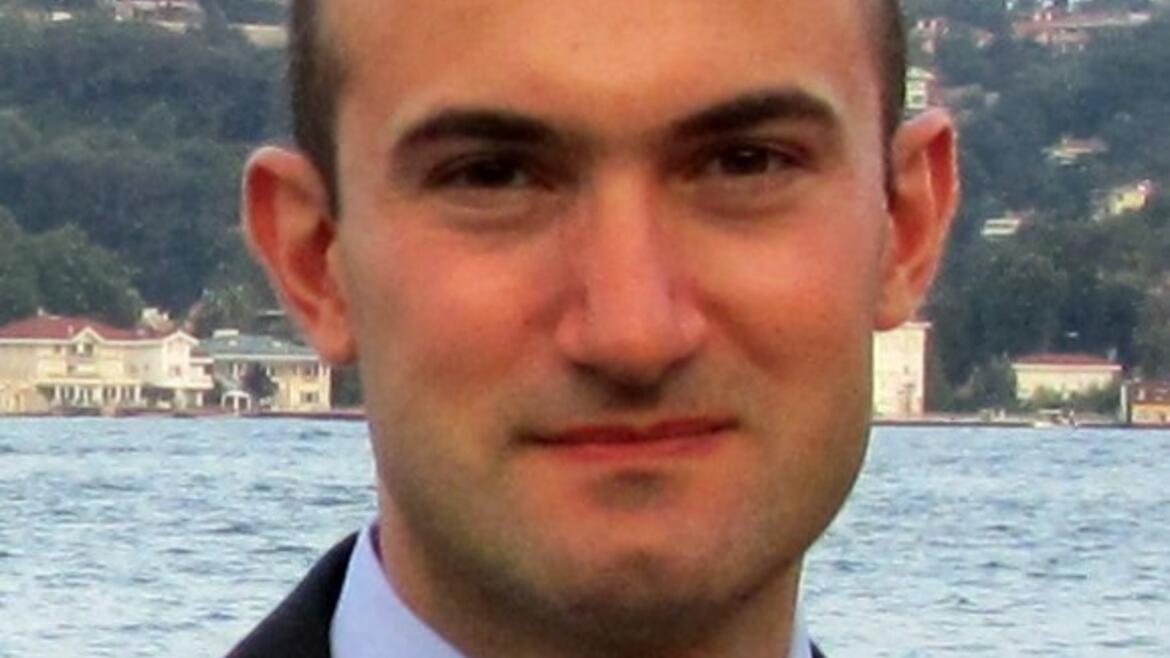Colloquium: Erkin Seker

Nanoporous Gold as Multifunctional Device Coatings
Erkin Seker, Ph.D.
Assistant Professor, Electrical and Computer Engineering
University of California, Davis
Nanostructured materials offer tremendous opportunities for engineering advanced device components for diagnostic and therapeutic applications. Nanoporous gold (np-Au), produced by a nano-scale self-assembly process, is a relatively new material and has mostly attracted attention for sensor and catalyst applications due to its high effective surface area, electrical conductivity, and ease of surface functionalization. Surprisingly, the biomedical potential of this material has remained largely untapped. I will discuss our research efforts to control nano-/micro-scale properties of np-Au and the application of micropatterning techniques for fabricating high-sensitivity multiple electrode arrays for neural electrophysiology studies. In the context of biocompatibility of such devices, I will illustrate how tunable properties of np-Au may be utilized to alleviate adverse biological response to sensor coatings. I will conclude the talk by discussing remaining challenges in establishing nanoporous metals as multifunctional device coatings.
Erkin Şeker joined the Department of Electrical and Computer Engineering at UC Davis in 2011. He received his PhD degree in Electrical Engineering from the University of Virginia (UVA) in 2007, where he developed techniques to control mechanical and morphological properties of nanoporous gold. During his postdoctoral appointment in the Department of Chemistry at UVA he investigated material-biomolecule interactions and developed microfluidic flow control schemes. Between 2009 and 2011, as a research associate at the Center for Engineering in Medicine (CEM) at Harvard Medical School, he developed multiple electrode arrays for neural electrophysiology applications and spearheaded the development microsystems for monitoring transcriptional and secretory dynamics at a cellular-level in the context of metabolic dysregulation. He is the recipient of Fund for Medical Discovery Award from Massachusetts General Hospital and recently a University of California Lab Fees Research Grant. His current research interests include the development of microfluidic platforms for high-throughput material characterization and multifunctional sensors and actuators for biomedical applications.